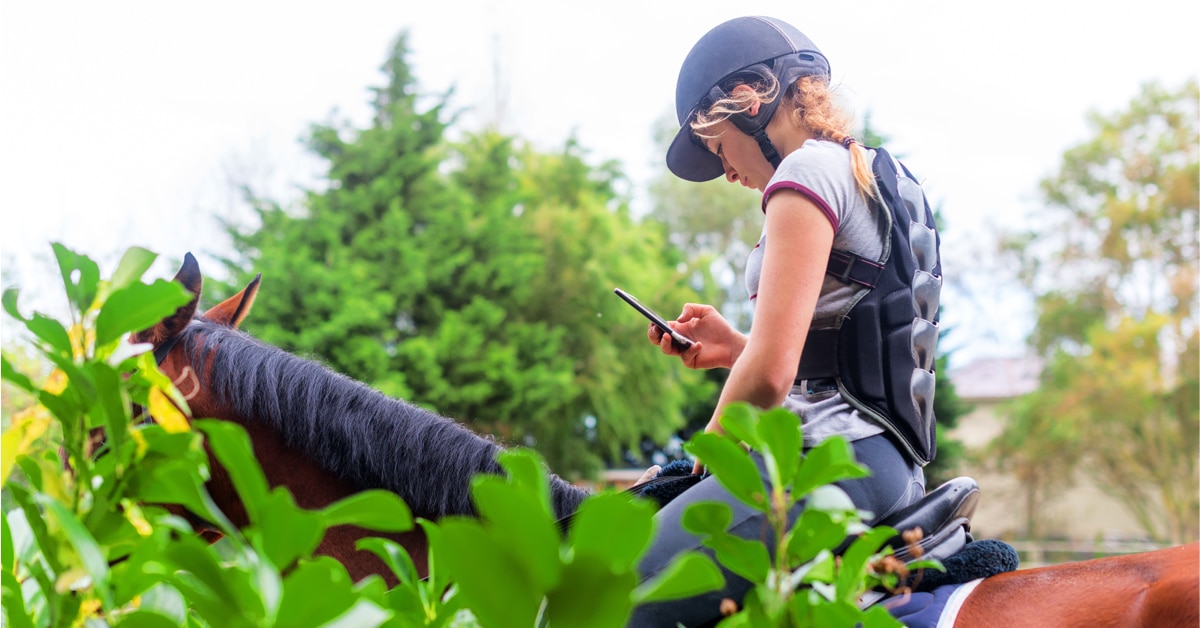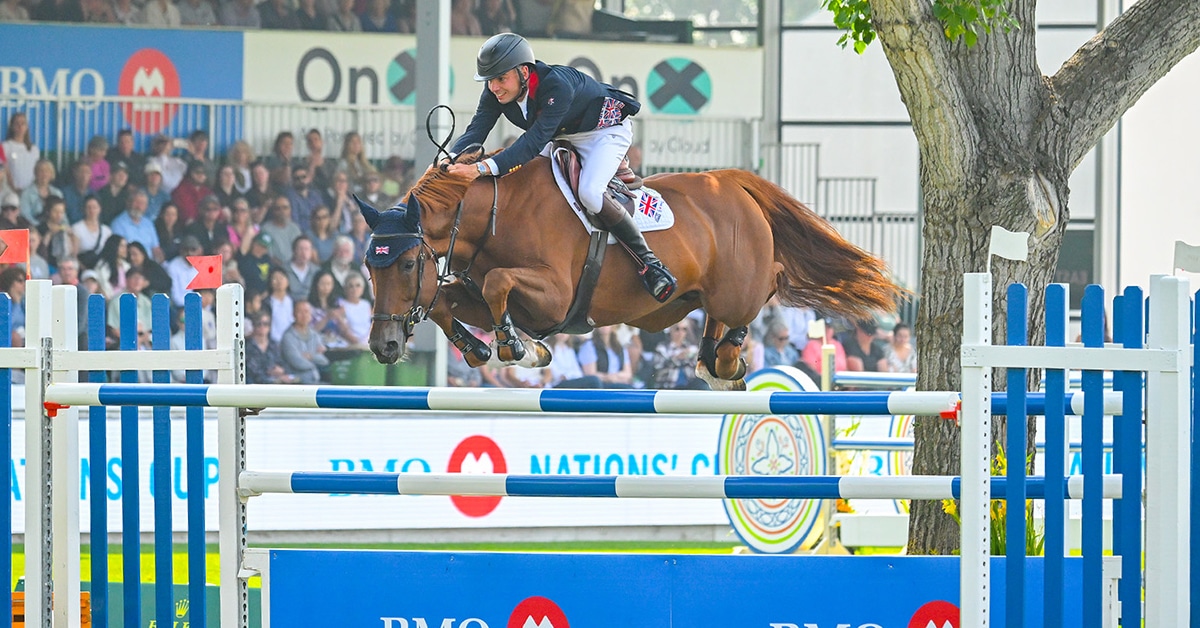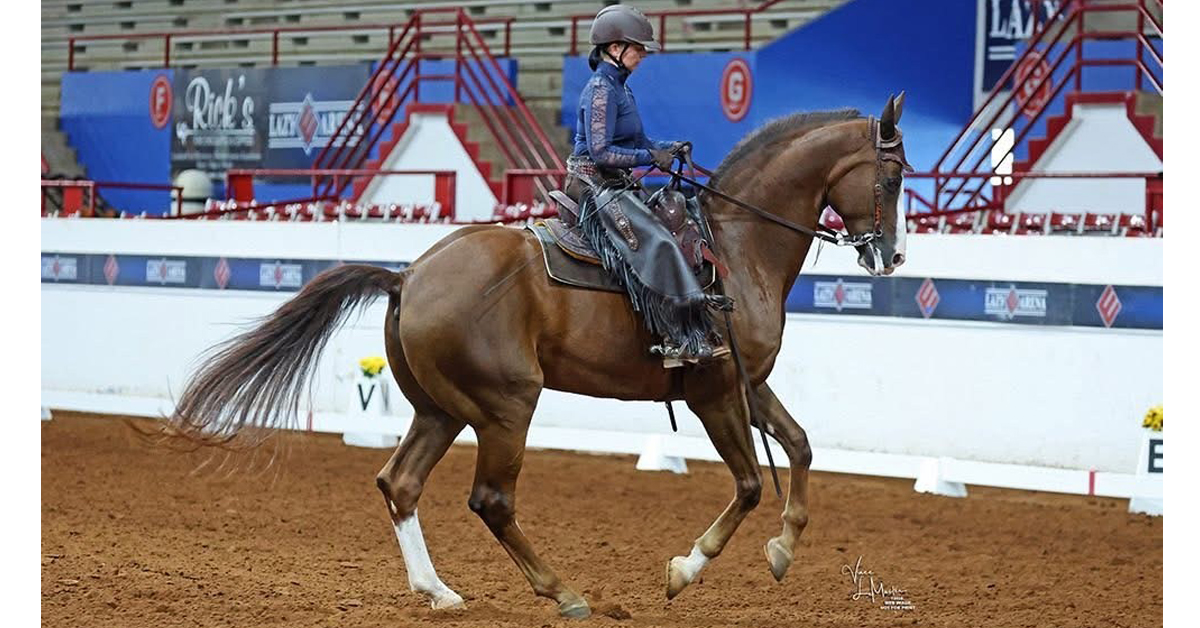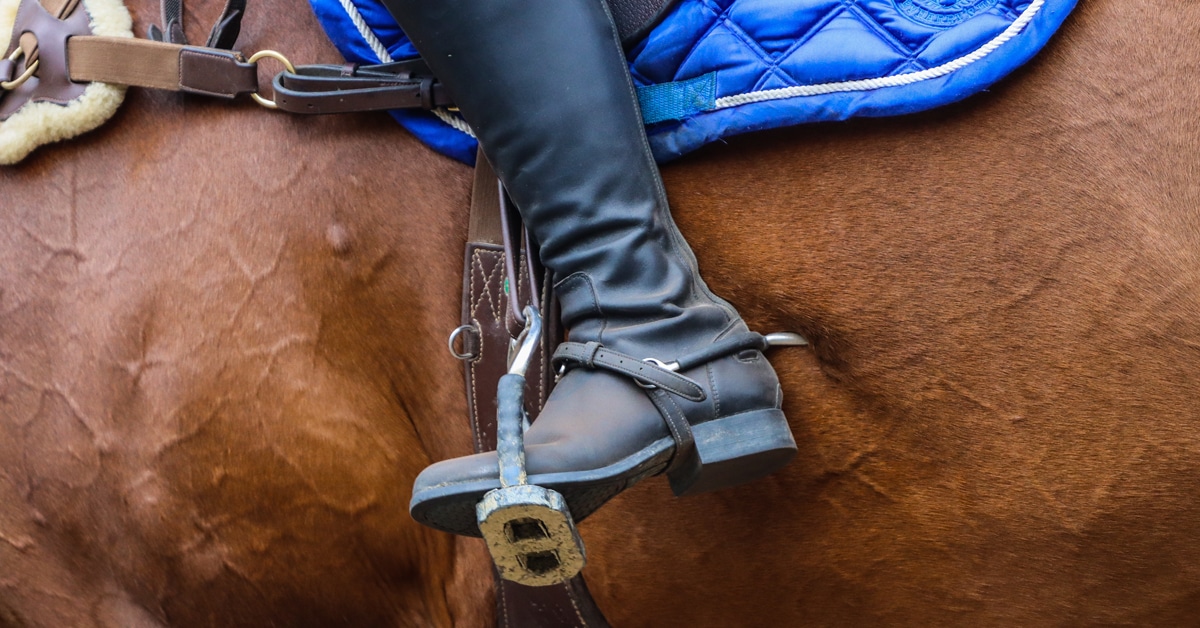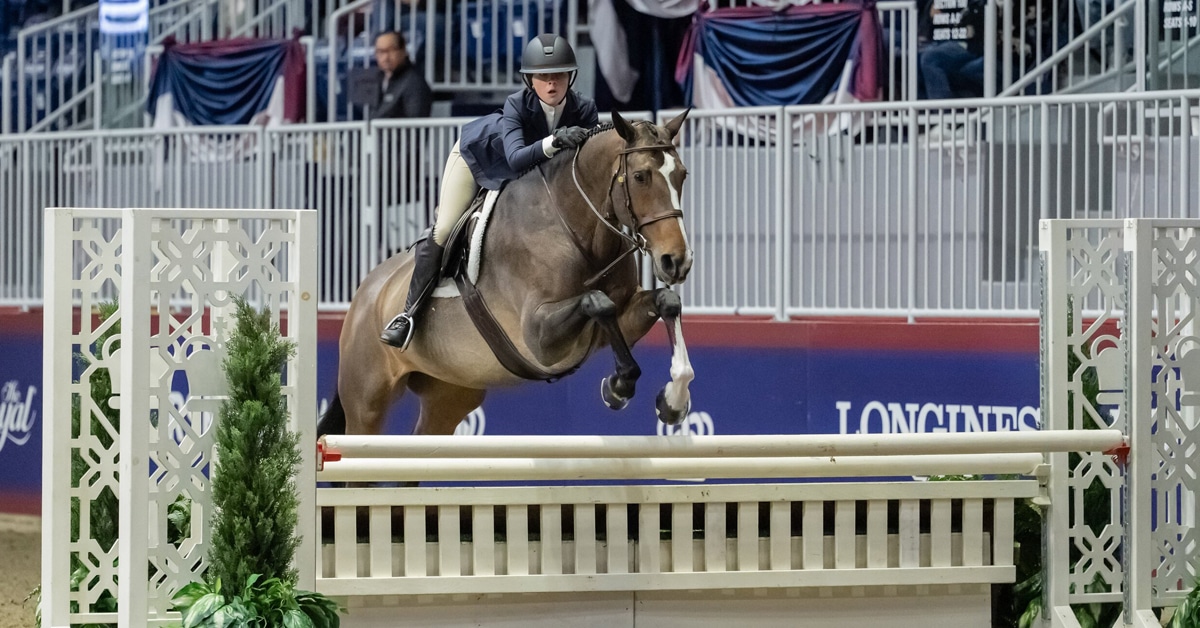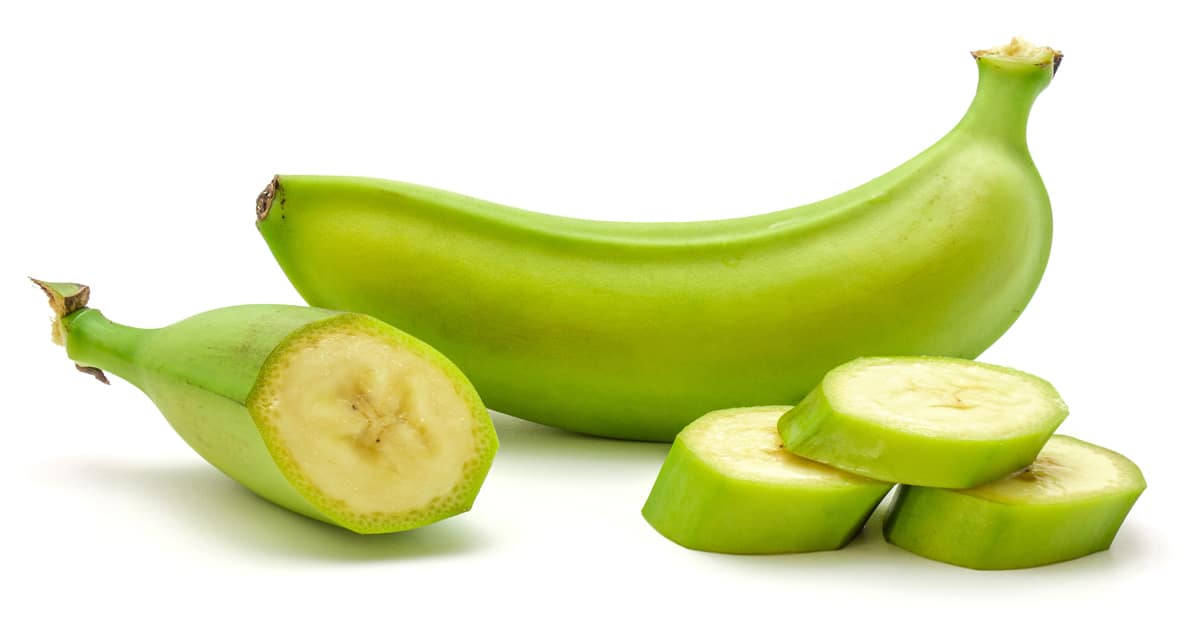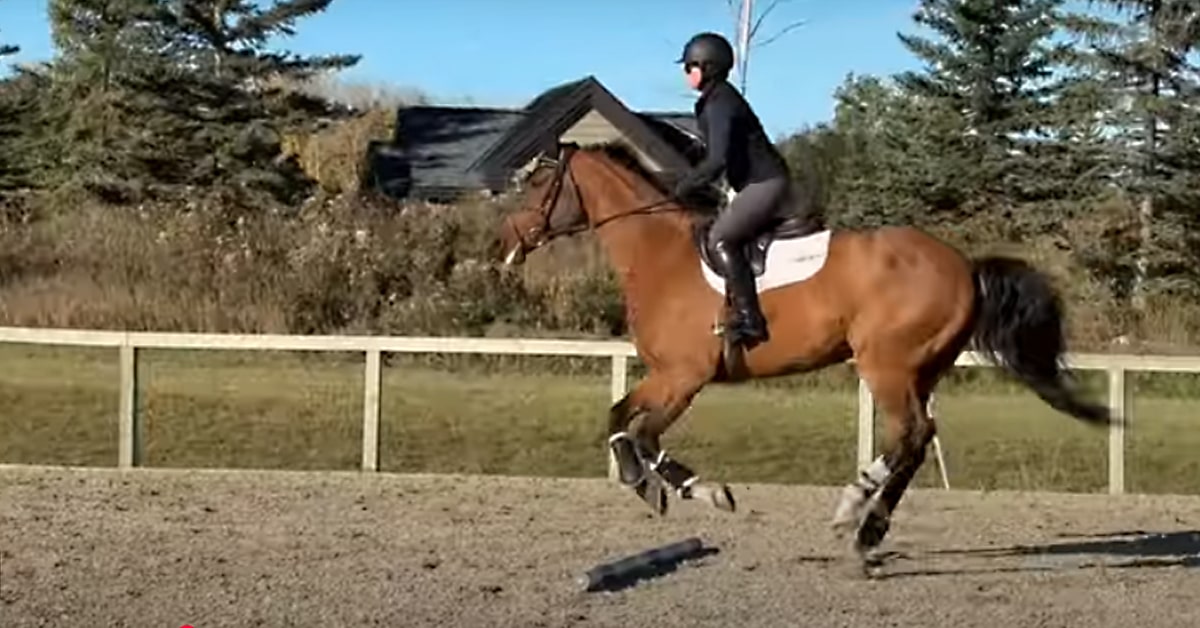Water is the most important nutrient a horse should consume, as it is involved in just about every physiologic reaction and process that happens within the body. The equine body is made up of about 70% water, with most water found inside cells (intracellular fluid) and outside cells, such as within the fluid portion of the blood. Water is also found within the bladder and the intestinal tract, with that intestinal fluid capacity serving as a potential fluid reservoir which can be affected by diet.
Without water, a horse becomes dehydrated, which can be fatal when more than 15% of body water is lost, which can occur in as little as six to seven days.
Horses consume water by drinking – about 41-67 ml of water per kilogram of body weight, or about 25 L for an average 500 kg horse – and through water found within food. Food water content varies significantly; pasture may contain 70% water, while hay might only contain about 10% water, influencing the amount of liquid water that is consumed.
Physiologic processes such as pregnancy, lactation, growth and exercise can also influence a horse’s water requirements. A small amount of a horse’s water needs can be met through “metabolic water” – the water that is produced by cellular respiration.
Water losses will also affect water requirements. For example, a horse that loses water to diarrhea or to urinary water losses (such as might happen when a horse consumes too much protein) may need to drink more. Similarly, a horse that sweats and loses water to evaporative loss will need to drink more to compensate for those losses.
Water consumption is also affected by season, which may in part be due to feed intake. During the spring, summer and early fall months, a horse might be consuming a lot of pasture. Within that fresh grass is a lot of water, so a horse might not need to actually drink as much. When horses shift to winter diets where they will likely be fed more hay (with less water in the dried plant) they will need to drink more. The winter season may also pose a challenge, as horses tend to drink less water in cold weather, especially if the water is too cold.
Some feed types may be more problematic than others as well; feeds that are very high in fibre, like older hay and/or straw, need extra water to keep things moving.
If a horse does not drink enough water, the first thing that happens is the fluid reservoir in the digestive tract will be used, causing the digesta within it to dry out a bit. This can cause the feed to slow down as it moves through the digestive tract and potentially cause blockages. These blockages can be painful and can lead to serious digestive damage and colic.
Some feed types may be more problematic than others as well; feeds that are very high in fibre, like older hay and/or straw, need extra water to keep things moving.
Feeds high in soluble fibre that tend to absorb water, such as beet pulp, can also be tricky if a horse isn’t fully hydrated. If there isn’t enough saliva production, the feed may not be lubricated enough to move through the esophagus (particularly if the feed swells up with water) and can cause choke.
Water Supply
These concerns lead us to some thoughts regarding how we should give our horses water. Automatic waterers are far less time-consuming than buckets, although they should be checked daily to ensure they are working. They also need to be cleaned frequently. Buckets are the easiest way to monitor water intake, although daily cleaning and filling can be labour intensive. Buckets may also be important if you have a horse that likes to dunk their hay, as that could clog an automatic waterer!
My suggestion for buckets is that every horse should have two full water buckets (5 gallon/20 L size) and in the summer a third bucket should be provided. Water buckets should be checked at least twice a day to monitor intake and to make sure the water is clean. To make bucket filling more user-friendly, a hose is nice (but tricky in the winter). Alternatively, you could design your barn to have a faucet and tap at each stall. Outside, big water troughs are good for paddocks with multiple horses. Again, this should be checked daily to ensure they are drinking it, not running out, and that it is clean!
How to Encourage Drinking
So what happens if you notice your horse isn’t drinking as much as it should? First, you should try to understand why – is the bucket dirty? Is the water off-taste? Too cold or too warm?
You should also make sure your horse is consuming enough salt, as sodium intake drives thirst and a horse that is low in sodium intake may become less thirsty. This is key for horses that are in heavy exercise that might be losing a lot of electrolytes through sweat, which need to be replaced. From there, get some water into the horse. Offer soaked hay or hay cubes soaked in water. Soak the grain mix and supplements. Offer carrots and/or apples with some high water content. I don’t recommend suddenly introducing a bran mash or soaked beet pulp if a horse isn’t used to eating those, as that might cause more digestive upset.
If you think your horse is getting dehydrated, you can do a few simple tests. Do a skin pinch along their neck; pinch some skin to make a tent and let go. A hydrated horse’s skin will slide back against the neck quickly, while a dehydrated horse may be slower. However, this test is less reliable in older horses. Another check would be to look at the gums – are they moist or tacky?
With that information you can call your veterinarian and relate to them the severity of the issue, and they can come and administer fluids, as well as perhaps do some further testing to determine why your horse isn’t drinking.
***
Related reading:
How Do I Get My Picky Horse to Drink Water While Travelling?
Bringing Water to Your Horse Paddocks
Recognizing and Preventing Exhaustion in Horses
The Latest
